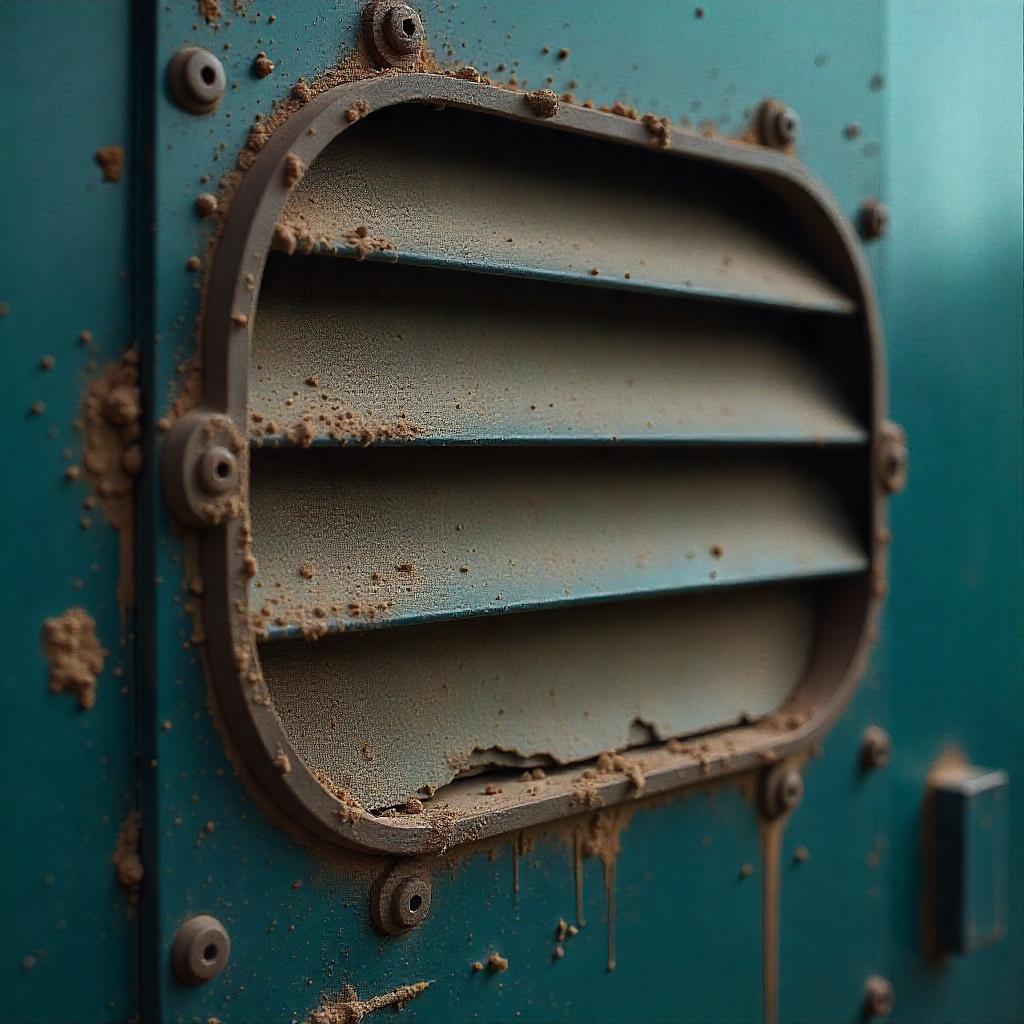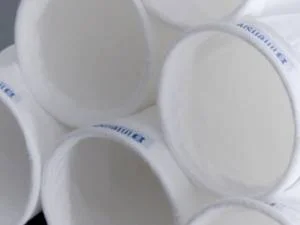What Are Dust Air Filters?
Dust air filters are devices that capture and remove dust particles from the air. They help keep the air clean and improve air quality. Dust air filters are very important for health and comfort.
- Dust air filters are often used in HVAC systems.
- They are also found in industrial processes to protect equipment.
- Many homes use dust air filters in air purifiers.
- They can be used in cars to keep the air inside clean.
- Dust air filters help reduce allergies and respiratory issues.
Dust air filters work by trapping dust and other particles as air passes through them. This process helps to provide cleaner air for breathing. Keeping air clean is important for everyone’s health.
Types of Dust Air Filters
There are several types of dust air filters. Each type works best for different jobs. Here is a simple table to compare their features and applications.
| Type de filtre | Caractéristiques | Applications |
| Filtre HEPA | Captures 99.97% of particles | Hospitals, homes |
| Electrostatic Filter | Uses static charge to trap dust | Offices, factories |
| Filtre à charbon actif | Absorbs odors and gases | Kitchens, smoke areas |
| Fiberglass Filter | Affordable and easy to replace | Home HVAC systems |
| Pleated Filter | Larger surface area for better capture | Residential and commercial HVAC systems |
Each filter type has unique strengths. HEPA filters are great for clean air. Electrostatic filters are effective in large spaces. Activated carbon filters help remove bad smells. Fiberglass filters are budget-friendly. Pleated filters offer good performance for many uses.
Working Principle of Dust Air Filters
Dust air filters work by using different methods to capture dust particles from the air. They play an important role in keeping the air clean. Here is how they work:
- Sieving: The first step is sieving. The air containing dust passes through the filter. The filter has small holes. These holes catch larger dust particles. The bigger particles cannot pass through.
- Interception: Next, interception happens. When smaller dust particles flow with the air, they get close to the fibers of the filter. The dust particles stick to the fibers. This keeps them from going back into the air.
- Diffusion: Finally, diffusion takes place. Tiny dust particles move randomly in the air. This random movement makes it more likely for them to hit the filter fibers and get trapped.
The efficiency of a dust air filter is measured by its Minimum Efficiency Reporting Value (MERV). A higher MERV rating means the filter captures more dust particles effectively.
A simple diagram can show the filtration process. It can have arrows to show air moving in, and big dust particles getting stuck due to sieving. There can be smaller particles getting trapped by interception and diffusion as well. This helps to visualize the process clearly.
Applications of Dust Air Filters
Dust air filters are utilized in various settings. They help keep the air clean by trapping dust and other particles.
One common application is in homes. Dust air filters are used in heating and cooling systems. They catch dust, pollen, and pet dander. This helps people breathe better, especially those with allergies.Another setting is in offices. Dust air filters are important in office buildings. They keep the air fresh and reduce sickness. Clean air helps workers stay healthy and focused.
Factories also use dust air filters. They control dust from machines and processes. This protects workers and helps meet safety rules. Clean air in factories is essential for a safe work environment.Hospitals use dust air filters too. They help create a clean environment for patients. This reduces the risk of infections and keeps everyone safe.
Dust air filters are also found in cars. They keep the air inside the vehicle clean. This makes rides more comfortable, especially for people with allergies. Schools use dust air filters to keep classrooms healthy. Clean air helps students concentrate and learn better. It also reduces the spread of germs.
Dust air filters are important in many places. They help maintain good air quality and promote health in daily life.
Advantages of Using Dust Air Filters
Using dust air filters has many benefits. They help keep the air clean and safe. Here are some advantages of using dust air filters:
- Amélioration de la qualité de l’air : Dust air filters trap dust, pollen, and other tiny particles. This means the air people breathe is cleaner and healthier.
- Allergy Relief: Many people have allergies to dust and pollen. Dust air filters reduce these allergens in the air. This can help people breathe easier and feel better.
- Longer Equipment Life: Dust can harm machines and appliances. Dust air filters catch dust before it can enter these machines. This helps them work better and last longer.
- Efficacité énergétique : Clean air filters allow air to flow freely. This can make heating and cooling systems work more efficiently. As a result, people can save on energy bills.
- Better Indoor Comfort: Dust air filters help maintain a comfortable environment. They reduce dust buildup on furniture and floors. This means less cleaning and a more pleasant home.
- Health Benefits: Breathing clean air can lead to fewer health problems. This includes respiratory issues and other illnesses. Dust air filters play a key role in promoting good health.
Considerations When Choosing a Dust Air Filter
When choosing a dust air filter, it is important to think about several factors. These factors help to ensure that the filter works well for specific needs.
- Efficacité du filtre : Check how well the filter removes dust and other particles from the air. A higher efficiency rating means better air quality.
- Size: Make sure the filter fits your air system. A filter that is too big or too small will not work correctly.
- Type of Filter: There are different types of filters, like HEPA filters or washable filters. Each type has its own benefits, so choose one that fits your needs.
- Entretien: Consider how often the filter needs to be cleaned or replaced. Some filters require more work than others.
- Cost: Look at the price of the filter. A more expensive filter might save money in the long run if it lasts longer or works better.
- Airflow: Check how well the filter allows air to flow through it. A good filter should not block airflow too much.
- Noise Level: Some filters can make noise when they work. If noise is a concern, look for a quieter option.
- Impact environnemental : Think about how the filter affects the environment. Some filters are more eco-friendly than others.
These considerations can help in selecting the right dust air filter.
Innovations in Dust Air Filter Technology
Innovations in dust air filter technology have changed how people keep their air clean. These new ideas help filter dust and other particles better than before.
- One recent advancement is the use of smart sensors. Smart sensors help air filters detect when they are dirty. When the sensor senses dirt, it can send a signal to clean or replace the filter. This saves time and ensures better air quality.
- Another innovation is the creation of HEPA filters. HEPA stands for High Efficiency Particulate Air. These filters can catch tiny dust particles and allergens. This means people breathe cleaner air. They are especially useful for people with allergies.
- Next, there are electrostatic filters. These filters use electricity to attract dust particles. This makes them more efficient at trapping smaller particles. They can help reduce dust in homes and offices.
- Nanotechnology is also changing filter technology. Filters made with nanomaterials can trap even smaller particles than regular filters. This leads to cleaner air and a healthier environment.
- Lastly, some filters now come with antimicrobial coatings. These coatings help prevent bacteria and mold from growing on the filter. This keeps the air cleaner and safer for everyone.
These innovations in dust air filter technology show promise for improving air quality and health.
Maintenance and Replacement of Dust Air Filters
Dust air filters play a vital role in keeping the air clean. They work in many places, like homes, offices, and factories. These filters catch dust and other particles from the air. This helps people breathe easier and stay healthy.
Different types of dust air filters exist, like HEPA filters and electrostatic filters. HEPA filters trap tiny particles very well. Electrostatic filters use static electricity to attract dust. Each type works differently, but they all help improve air quality.
Maintenance is important for dust air filters. Regular cleaning and changing of filters is necessary. Dirty filters cannot work well. They can reduce air flow and make the air less clean. Checking filters every month is a good practice. Some filters need replacement every few months, while others can last longer.
When choosing a dust air filter, think about specific needs. Consider the size of the space and the level of dust. Different filters suit different environments. Picking the right one ensures better air quality and health benefits.
Conclusion
Dust air filters are essential for improving air quality and promoting health in various environments, from homes and offices to factories and hospitals. By capturing dust, pollen, allergens, and other harmful particles, these filters help reduce respiratory issues, allergies, and other health risks. There are several types of filters, such as HEPA, electrostatic, and activated carbon filters, each designed for specific needs and applications.
Regular maintenance and timely replacement are key to ensuring the filters operate effectively and continue to provide clean air.



